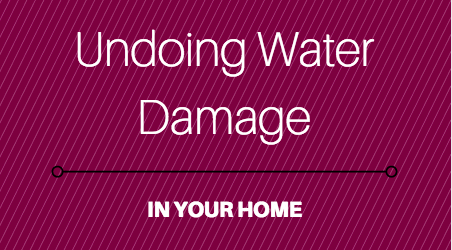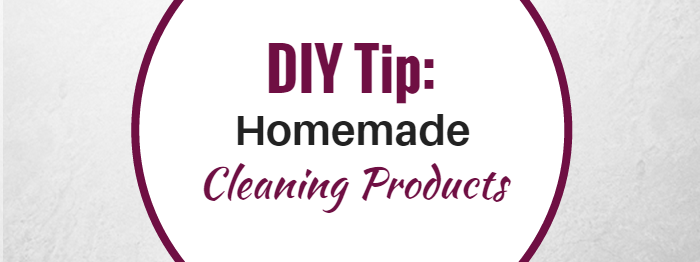
Should you refinance your home even if you plan to sell? – Wondering what to do in terms of your home refinancing when you plan to sell your house soon? Is it still worth refinancing? Refinancing could still make sense in the long run. Here are a few tips that will help aid your decision of refinancing your home.
Take advantage of lower interest rates
Investigating the process of refinancing is worth the time if it could save you money on your mortgage rates. Who wouldn’t want to save some extra money? The money save could be out towards a down payment on your next home (or that new car you have be eyeing). Having a lower interest rate could lower the monthly mortgage payment and save you more money in the long run.
Financial circumstances could change
You are planning on selling your home in the coming months but suddenly, your partner (or you) loses their income, or someone becomes ill, or your money for a new house is needed elsewhere in the family budget. Refinancing could save you money in the meantime until you are ready for that new house. You never know what could happen financially and taking advantage of refinancing to a lower interest rate could potentially be beneficial to the household income.
Facing a higher rate on your ARM loan
ARM interest rates adjust every so often and when the adjustment time is approaching, there is a possibility that the interest rate will increase. Typically, it is in the best interest of the owner to refinance when they see the interest rate at a percentage they can afford before their adjustment period occurs and the interest rate ends up being higher than what they are currently paying. It is always best to speak with a professional about ARM loans and interest rate forecasts, etc.
When the time comes to decide whether or not to refinance your home, it is always best to talk to a professional that can help you through the process. They know the ins and outs of loans and the different types that will be the most beneficial to you. Professionals in this area can help navigate through the loan vocabulary and help you better understand the process and if the timing is right to refinance your home loan.
Contact me today for a list of great mortgage professionals in this area.








